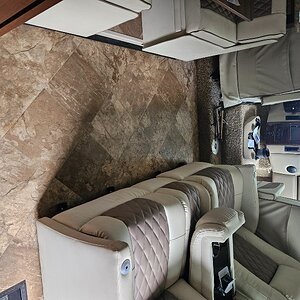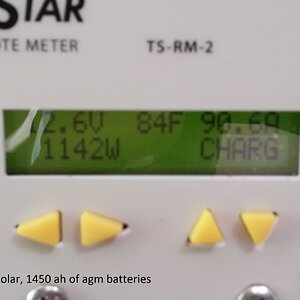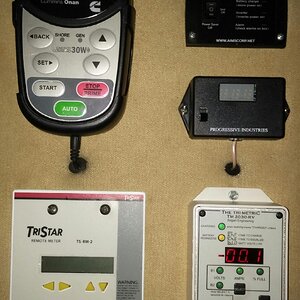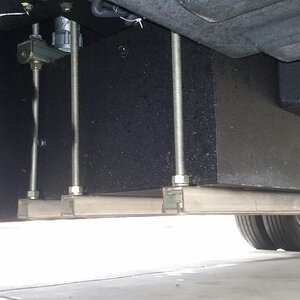Marc2912,
An informative post, however, I am confused if you are using a mesh WiFi setup or access points. Would you please calrify? As I understand it, mesh WiFi can be more expensive & might be overkill (in a RV) when one can accomplish the same thing (WiFi signal distribution) with an access point.
I normally prefer hard wiring all the nodes in a LAN if it can happen without too much hassle. I've found setting up a LAN in a RV presents a variety of opportunities. Integrating Starlink into your RV LAN creates a few more.
I've been using a Residential Gen 2 Starlink on Roaming for around a month. I'm not real fond of their proprietary connectors & have yet to decide how I want to connect the DISHY to the router as a permanent setup.. In so far as I elected to mount the DISHY on a tripod for ease of placement, I run the cable through a window in close proximity to my hub. Sort of tacky, but it's working.
Unlike many others with Starlink, I elected to have the Starlink router communicate with my hub router (Peplink device) via WiFi. Starlink broadcast on both 2.4 & 5 Ghz bands.
Looking at the Starlink Android app, it suggests the Starlink router is sending the WiFi signal to the Android phone approximately 4 times faster than the DISHY is sending it to the Android phone. I assume my Peplink device (MAX BR1 PRO) is more efficient than my phone, so the speed to my hub router would be as good or better than what I observed with the phone. While I don't dispute that hard wired Ethernet connections are considered better, based on these observations, the transmission speed of the signal is bottle necked at the DISHY to the Starlink router. I will readily admit I could be mis-interpreting the results & I'm very open to someone correcting my interpretation.
When I initially installed my Peplink device, I discovered WiFi signals in a RV seemed to be less efficient than they were in a stick & bricks location. I had difficulty in connecting to the ROKU's in the front & basement of the RV. There are many Android apps (suspect IOS apps also) which allow one to measure WiFi signal strength & channels. I used WiFi analyzer to determine the signals to the ROKU's were most likely blocked by the washer/dryer & the pantry filled with can goods. By placing a hard wired access point with a direct line of sight to the ROKU's, the WiFi signal issue was resolved.
Every RV installation will prevent a variety of opportunities we must deal with. Those who camp/boondock in remote locations with out access to 120 VAC might have to run their setups off 12 VDC. Others may use an inverter with a combination of solar & battery banks, or generator & battery banks.
Please understand, I'm no trying to refute anything in your post. I'm suggesting there are viable alternatives when one doesn't want to deal with hard wiring devices.












